What We Learn From Animal Rescues
By Madelaine B. Landry
When people are forced to evacuate their homes in the face of oncoming natural disasters, they rush about madly, packing up their families, photos, important documents and travel provisions. Most pick up their pets as well, jamming them into cages, crates and carriers, finding another bit of room in their vehicles. They pray there will also be room to board them when they reach their destinations.
This year’s double whammy from Hurricanes Laura and Delta resulted in some agonizing decisions for many local pet owners.
Animals that were rescued after the storms were the fortunate ones. Sometimes, while their owners were heading off to safe places, animals get left behind, intentionally or not. As SWLA residents headed off twice in as many months, no one could accurately predict the paths, duration or intensity of either storm. Almost all evacuees expected to return quickly; sadly, some soon learned that they had no home to which they could return. Others returned to overwhelming damage, which caused depression, financial hardships and the knowledge that there would be a long road to recovery. Adding to their angst, many animal owners returned to learn their animals had been displaced … or worse.
Keith Greenlee of Lake Charles waited until the last minute before heading off to Ponchatoula for Hurricane Laura. He’d accepted the hospitality of a friend who offered him shelter. The friend only had room for him in his one-bedroom house. Greenlee was forced to find boarding for his rabbit and five of his cats before he left town. He was heartbroken as he realized he had to leave behind Daisy, his 150-pound tortoise.
Even now, he chokes back tears as he explains the guilt he endured. He felt like he’d abandoned a wild creature who had long depended upon him for protection.
When he’d adopted Daisy in New Orleans almost a decade before, the poor reptile had never walked on grass. Ever since, he’d enjoyed the run of Greenlee’s backyard paradise, complete with favorite hiding places.
Daisy proved to be, among many other things, a survivor. Three days post-Hurricane Laura, the happy wanderer found his way to a nearby neighbor’s yard to await his owner’s arrival back home.
Greenlee was thrilled to learn his tortoise was safe. However, before he could return, Daisy escaped again. Apparently, someone left the gate ajar, and a distressed Greenlee spent many anxious days before he was finally contacted by a church group from Lafayette. Daisy had wandered into their midst as they prepared meals for hurricane victims — perhaps he wanted to volunteer for delivery services. Whatever his motive, the 20-year old tortoise was twice-rescued during one hurricane.
Daisy is among the loved and lucky, reunited with her family. Other rescues became a part of new families, post-Laura and Delta.
According to the Sierra Club, late summer and early fall are filled with the anniversaries of recent natural disasters. These have caused federal and state governments to consider adding pet relief to their emergency planning.
“With each disaster, and often at the request of state governments, animal rescue teams head straight into the areas people are fleeing to ensure that few shelter animals, strays and displaced pets are left behind,” says the Sierra Club.
Communities like Lake Charles welcome that kind of awareness and assistance. After the storms, countless stories circulated about animals who were rescued by ordinary people, most of whom emphasized that they most certainly were not looking for a pet addition to their human families. As Julia Pourciaux of Lake Charles noted: “I just didn’t know I needed my new kitten. She’s the sweetest thing.”
Pourciaux’s new kitten was apparently born right before Hurricane Laura. Found shortly after Hurricane Delta, she couldn’t have been more than eight weeks old when she sought shelter from the upcoming storm under a pile of Hurricane Laura debris in Moss Bluff.
“My grandparents heard her mewing, but we couldn’t get to her for almost three days. We could only hear her and feed her. It was so heartbreaking.”
Roxanne (or Kitty-Kitty) got her formal name from the song written by Sting, which details the rescue of a prostitute who is no longer forced to walk the streets to sustain herself. “I’m a huge fan of The Police,” Pourciaux explained. “I figured this kitty needed a little synchronicity in her life.”
Those who rescue animals at any time share this commonality—the realization that they needed the critter more than the critter needed them. Whether they’re furry, feathery or finny, during times of disasters, a special bond forms with the animals that find us. Like hidden treasures, they magically materialize amidst all the surrounding devastation, offering hope, reminding us that this too shall pass.
This writer can attest to that. Gumbo Ya-Ya came into our home a few days post-Laura, after being found hiding in the bushes at a local KFC. She refused to show herself; I could only hear some pitiful mewing. But it just took one “here kitty-kitty” for her to run to my waiting arms, happily jump into the front seat of my car and sit contentedly in my lap for the ride to her new home.
Our 9-year old former rescue, a feral bachelor named Leo, was less than enthusiastic about sharing. Now, it’s obvious Gumbo Ya-Ya has given him a new lease on life, disrupting his 23-hour-per-day sleep habit with play time and competition for the food bowl.
He has appointed himself guardian of the Christmas tree, slapping at the new kitten with his paw when she attempts a climb to dislodge the shiny ornaments.
Bloomberg reporter Shannon Sims returned to her hometown of Lake Charles to cover the damage from both storms in Cameron. Her story focused on the erosion of coastal Louisiana due to the frequency and intensity of recent storm events. Climate change may have been her slant, but she could not have anticipated the change that would occur in her life when a homeless adolescent male cat appeared.
Survivor of both hurricanes, Sims put out pleas for someone to rescue “the little prince,” as he is now affectionately nicknamed. Sims found she was the answer to her own pleas; Cameron (named after the town on the Gulf Coast) has found his forever home with Sims.
For Deborah Serra, the pup who followed her home from the lakefront was obviously not a stray. Seeing a “very energetic yellow lab” zig-zagging from one side of the street to the other, Serra figured she was searching for her people. Spying a sympathetic human, the dog followed Serra on the rest of her walk. The puppy, whom Serra describes as “extremely well-mannered,” soon joined Serra, her husband Jim, and Cookie the Cockatoo on the couple’s front porch.
“The yellow lab was interested in Cookie, but understood that the bird was off-limits. We gave her a little bit of food and some water and she roamed around the yard. I hoped she would go off and find her people, but our next-door neighbor came out with her dog, a greyhound, and they immediately started playing. This was when we learned that the yellow lab was a definite escape artist.”
Social media alerts soon helped the neighbors reunite the dog with her owner, but the story doesn’t end there. Her owner, Dawnelle Forrester, identified the lab as Maggie, describing her as “one lucky, loving dog.” She was thrilled to have her back. Her thank you text included this extra tidbit: “I rescued her when she was left tied up to a basketball goal during the hurricane without food, shelter or water.”
“She’s the sweetest dog,” says Jim Serra. “Maggie has many new friends now, including one greyhound named Harper on Foster Street.”
Sadly, the story for many strays does not end so happily. Dana Frye, director of LAPAW (Lake Area Partnership for Animal Welfare), says that after this season’s storms, dogs and cats were found daily wandering the streets of SWLA, searching for their owners and previous homes. Some residents left, never to return; their homes were gone or too badly damaged. Frye’s organization, and others like it, have been overwhelmed.
This time around, Frye says, the felines seem to be the bigger problem. Whether they’re abandoned, displaced or feral, cats multiply quickly, adding to an already burgeoning population of strays. Frye has long dreamed of designing a poster for her organization that features a cat writing on a chalkboard: “Cats are really good at math. 1+1 = 5.”
It’s not just a funny caption. Frye offers as evidence the tale of the woman who contacted her once for help with placing kittens. The feral mama cat she fed had given birth to five kittens. “Within five months, each of those five kittens had five kittens each. The mama had five more. You do the math.”
Frye worries about the long-term effects for feral cat colonies in the SWLA region. She’s worked for over two decades with feral cat colonies. “We’re currently caring for over 31 colonies. Each colony has 12 to 32 cats. I have people (feeders) who put the food out after dark to help sustain these colonies. We have an unbelievable number of cats left homeless this time around; this happens after every natural disaster.”
The grant money she once depended on has disappeared, leaving Frye and her volunteers to rely on like-minded animal lovers to donate energy, money and temporary shelters to LAPAW. She’s far from alone. Other rescue organizations like Cyndi’s Adoptive Dog Rescue and GSP Rescue, Compassion Kind Foundation and Wildcat Foundation (Lafayette), network with each other in this continuous endeavor. Money is always needed to purchase food, as well as to get these animals “vetted.”
“We fix them, get them rabies shots and tip their left ears for identification. It’s hard work for me,” notes Frye, who has 11 rescue dogs of her own, “but it’s worked out so far.”
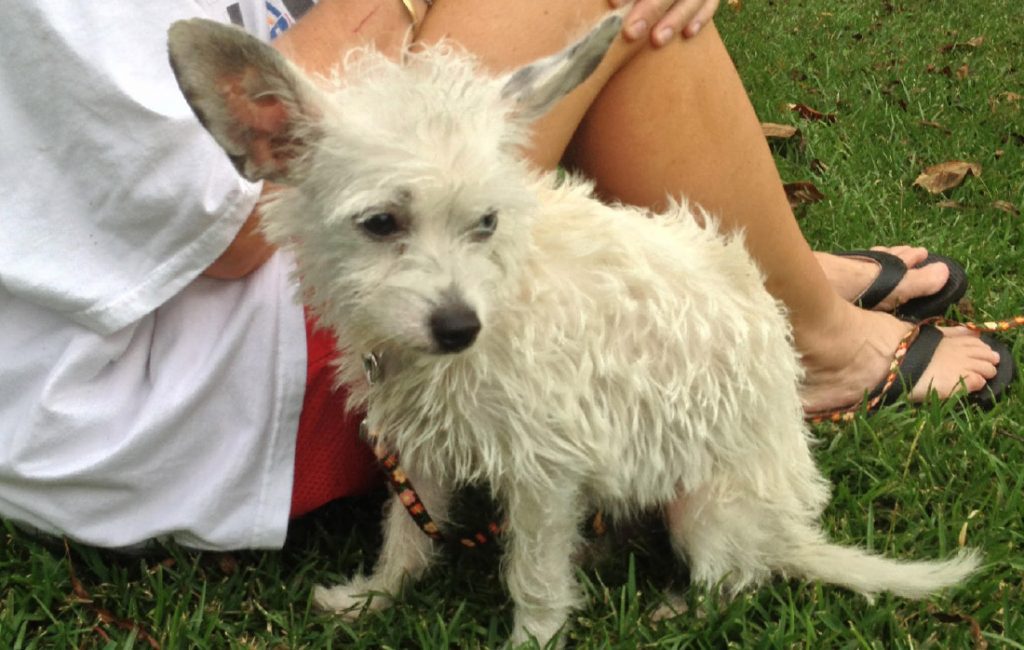
“The year 2020 has brought unimaginable challenges to all rescue groups. We are seeing a huge increase in lost, abandoned and surrendered animals, as well as new homeless people. All rescue groups are overflowing; the surrounding areas are all trying to help.”
She emphasizes that she doesn’t have the answer; she and her group just do what they can to help. She understands that people are surrendering pets that they love because too often they have no choice. “Much more than half of these animals should not have been born. We must enact and enforce stricter spay-neuter laws. Go to your local shelters and look into the eyes behind the bars. You will see both hope and hopelessness.”
As Frances Hodgson Burnett once pondered: “How it is that animals understand things, I do not know, but it is certain that they do understand. Perhaps there is a language which is not made of words and everything in the world understands it. Perhaps there is a soul hidden in everything and it can always speak, without even making a sound, to another soul.”
These and other animal rescue organizations can easily be contacted through their Facebook and other social media pages. If you’ve no room in your inn for a new pet this Christmas season, consider giving an animal a second chance through a generous donation of time or money. When you reach out your hand, you’re sure to find a paw or two extended in gratitude.



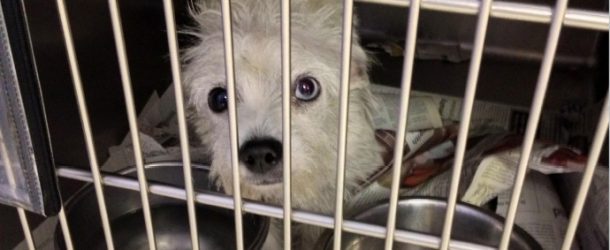

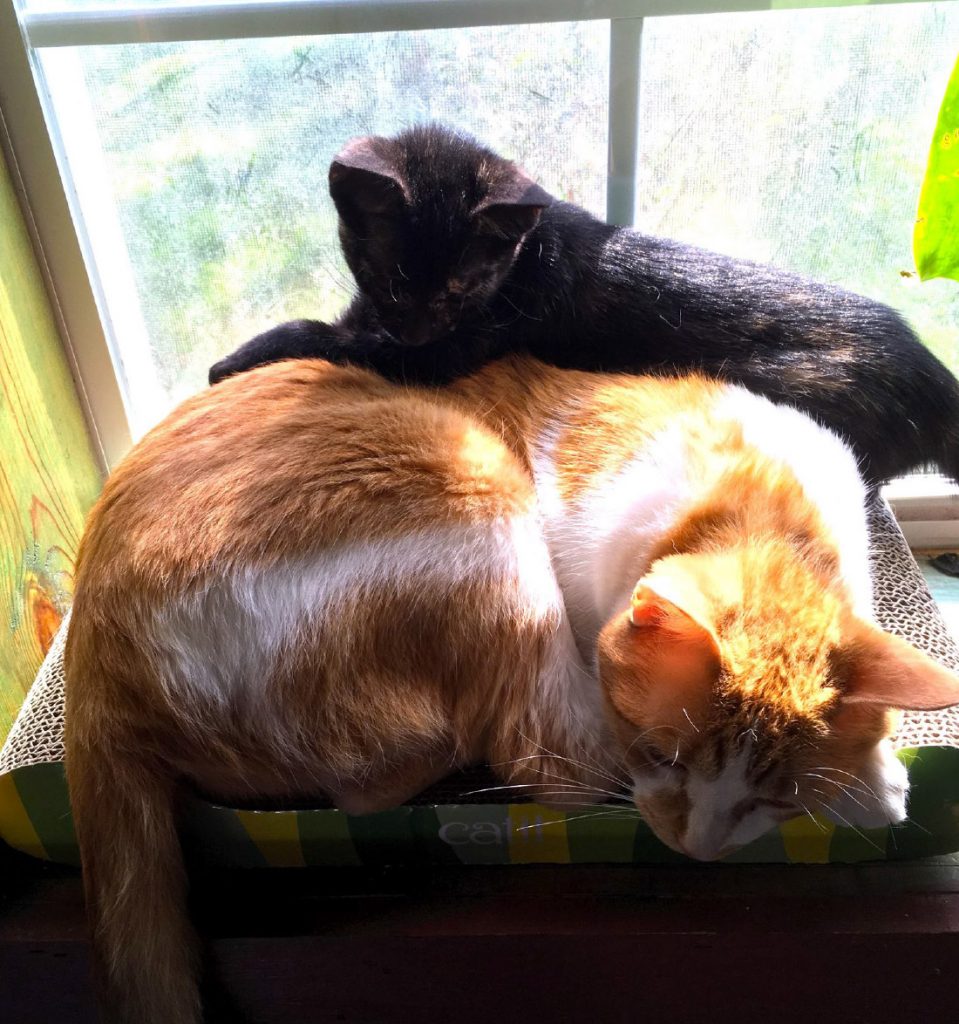
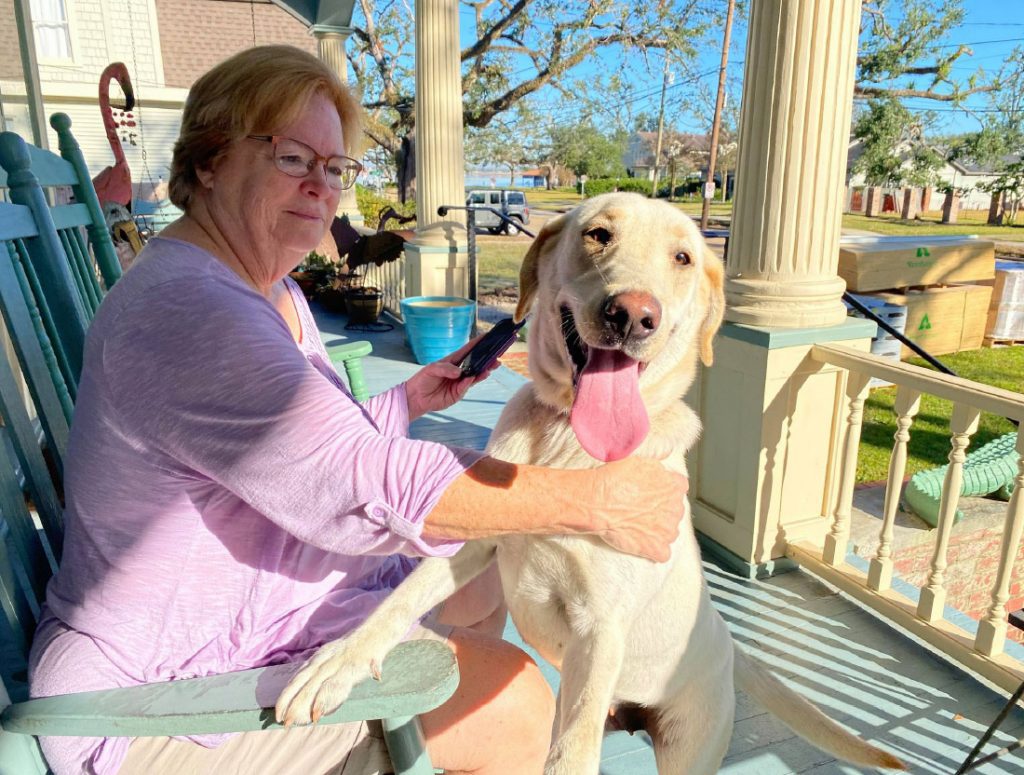
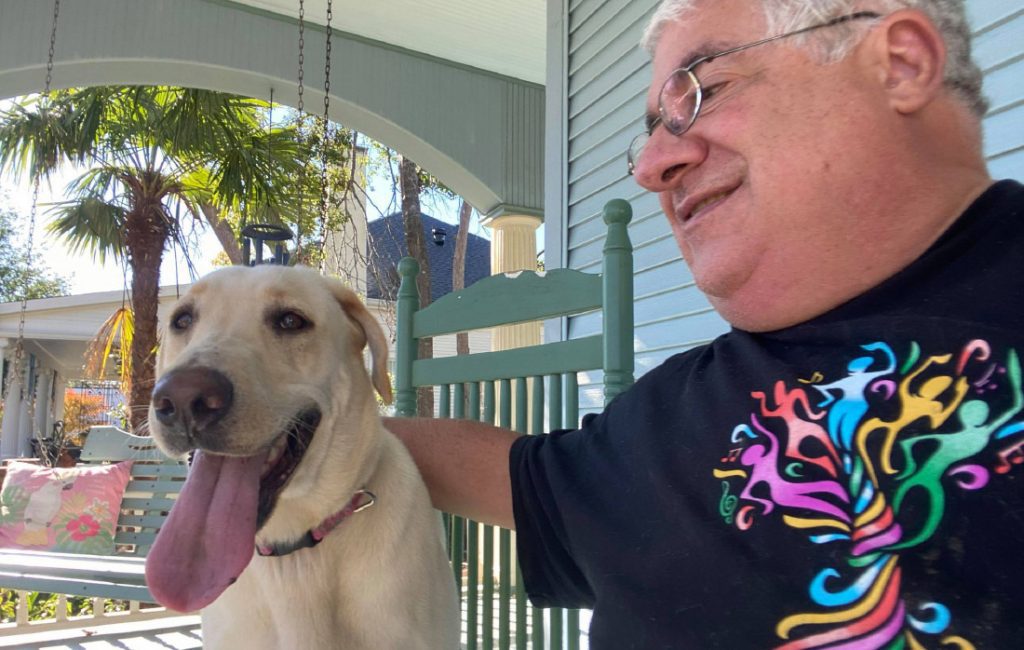











Comments are closed.